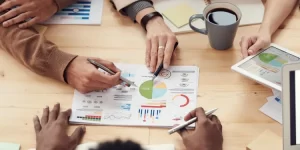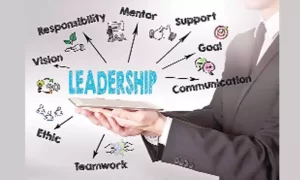Some Important Facts To Know About Recycling

Today we will list some critical data related to recycling from PGM recycling services, which will surely motivate you to be part of the process.
- Did you know that man has produced more garbage in the last 40 years from its origin until 1970?
- An average person generates 1.25 kg of garbage per day.
- The garbage we generate is made up of:
- 45% organic matter,
- 22% paper and cardboard,
- 10% plastic,
- 7% glass,
- 4% metal,
- 2% Brik
- and 10% other waste.
- 40% of household waste comprises organic waste, which can be recycled and returned to the earth in the form of compost.
- When garbage decomposes in landfills and landfills, a toxic liquid called leachate is generated, reaching underground water reservoirs, rivers, and lakes.
- For every ton of recycled paper, the emission of 900 kilos of CO2 into the atmosphere is avoided, and more than 20,000 liters of water are saved.
- To make 1,000 kg of good quality paper, 3,300 kg of wood is needed.
- Recycling a ton of newsprint saves up to 4,000 kWh of electricity, enough to power a small house for a year.
- It takes 14 tree trunks to produce a ton of virgin cardboard.
- Recycling paper and cardboard is essential to saving energy, avoiding pollution and waste of water, and saving forests.
- Brik containers can be recycled in two ways:
- – The containers are crushed, obtaining a granulate that, when heated and crushed with a press, causes the plastic to melt and join the other components. Forming a sheet of a product similar to wood chipboard called Tectan, with which they are manufactured from floors to furniture.
- Or separately. – 75% of the Brik packaging is paper. To separate it, it is introduced into a grinder with water, separating the aluminum and plastic from the cellulose fiber, which will be used to make paper bags and sacks. Subsequently, the aluminum is separated for recycling, and the plastic can be used to obtain fuel, the plastic to obtain fuel, and the aluminum to recycle it. Thus, saving a lot of resources.
For every ton of Brik transformed into recycled Tectan, we save 1,500 kg of wood, 100,000 liters of water, and 221 kg of diesel.
- By recycling a plastic bottle, we save the energy needed to keep a light bulb on for six hours.
- By taking household appliance waste, light bulbs, and batteries to collection centers, it is possible to avoid heavy metals such as cadmium, lead, and mercury into the air and water.
- Glass does not lose any of its qualities when recycled so that it can be done indefinitely.
- A ton of used glass containers saves 130 liters of fuel type fuel.
- Metal packaging can also be infinitely recycled without losing quality or qualities, avoiding extracting new materials.
- Recycling 70% of steel containers avoids CO2 emissions. It is equivalent to 3.9 million tons in a single year and represents a water-saving close to half of regular consumption.
- By recycling aluminum, 95% of the energy is required to produce the same aluminum from bauxite ore.
- The recycling process varies depending on the type of product.
- In Mexico, 11% of the garbage collected is separated daily; 46 out of 100 households separate their garbage.






